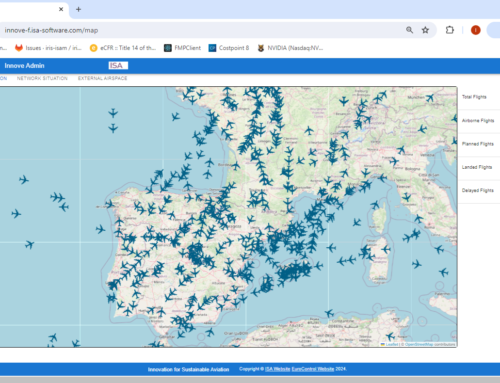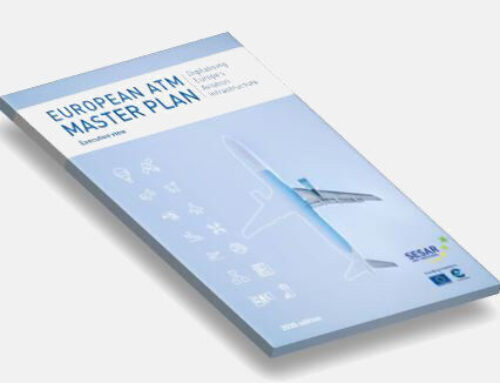In Feb 2017, ISA and Embry Riddle completed the analysis of the potential benefits to airlines of the implementation of the FAA’s reduced separation requirements for airplanes flying in U.S. controlled oceanic airspace using spaced-based ADS-B, to be provided through Aireon in conjunction with increased FANS equipage.
Based on research performed in July 2016 by the Enhanced Surveillance Task Group (ESTG) which was tasked to help the FAA in introducing better surveillance methods for U.S. controlled oceanic airspace, the study revealed considerable financial benefits through reduced fuel costs as well as significant reductions in environmental impacts.
Through the use of ISA’s gate-to-gate air traffic fast time simulation model (RAMS Plus) the team were able to evaluate how the use of space-based ADS-B and the advanced navigation technology could result in annual benefits of up to $440.5 million in fuel burn and reductions of more than 1.2 million metric tons of carbon dioxide. The primary driver of the benefits was to quantify the assumption that reduced oceanic separations could lead to more fuel-efficient flight profile altitudes and more optimal trajectory planning.
To read the article please consult aviation today or access the full RTCA ESTG report in its entirety here.





